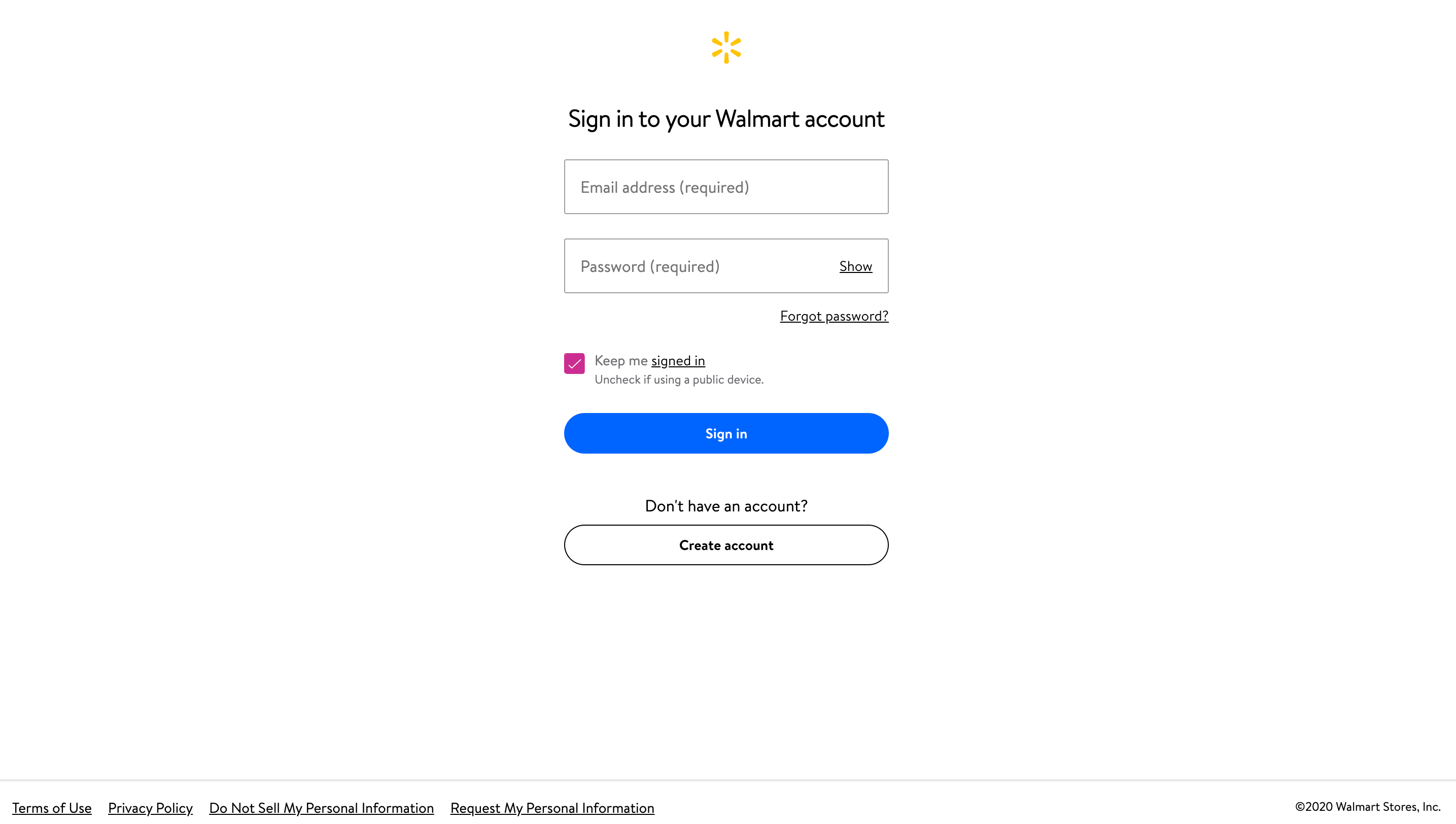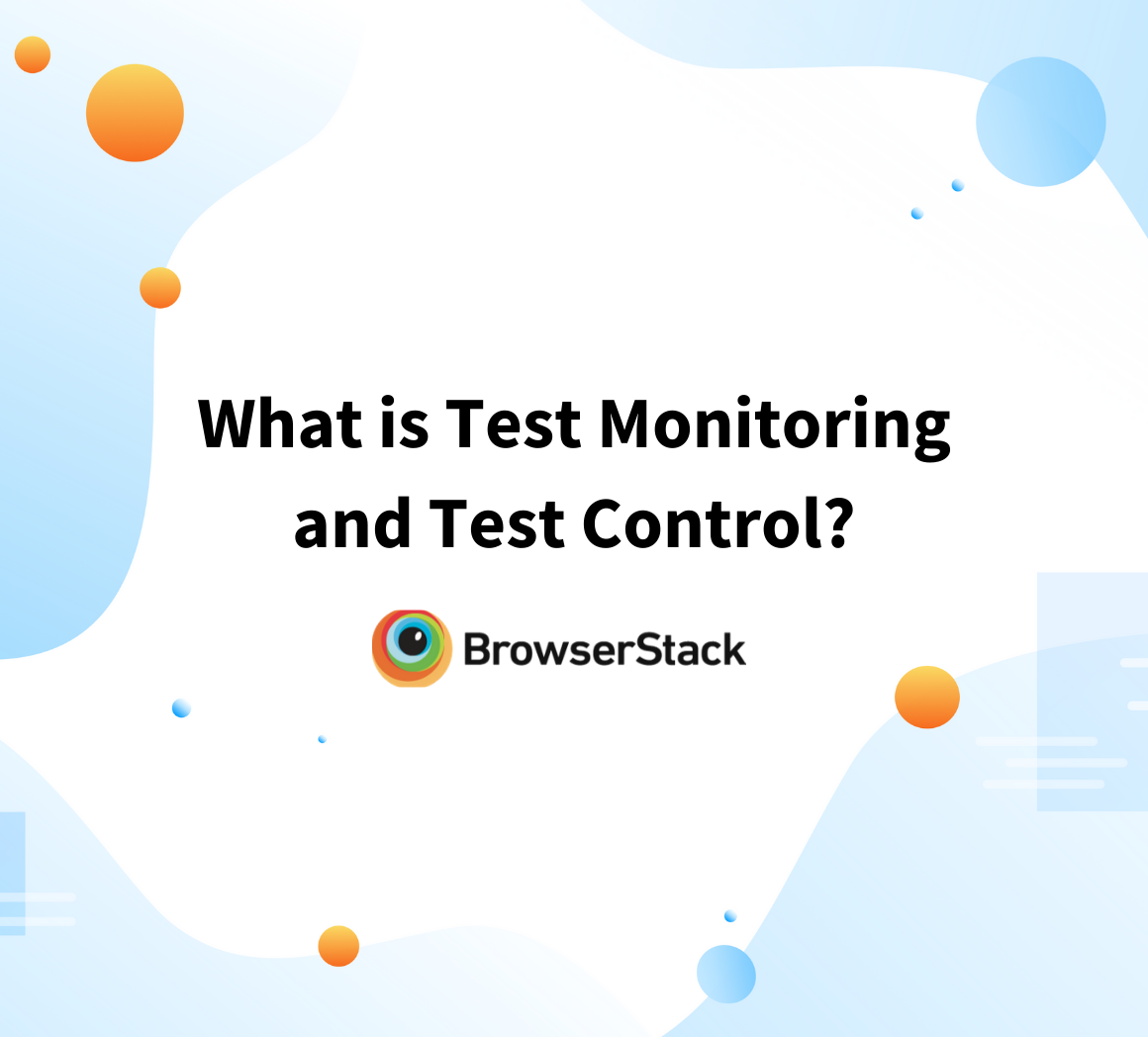How to create Test Scenarios? (with Examples)
Shreya Bose, Technical Content Writer at BrowserStack - March 20, 2023
A test scenario, sometimes called a scenario test, is the documentation of a use case. In other words, it describes an action the user may undertake with a website or app. It may also represent a situation the user may find themselves in while using that software or product.
In the following sections, we’ll learn about Test Scenarios with the help of two examples, best practices, & also the difference between test cases and scenarios.
What is a Test Scenario?
Test Scenarios are created to ensure that every functionality a website or app offers is working as expected. It is best to gather input from clients, stakeholders, and developers to create real/accurate test scenarios. This helps effectively cover all possible user scenarios and enables comprehensive testing of all business flows of the software in question.
Test Scenarios are required to verify the entire system’s performance from the users’ perspective. When creating them, testers need to place themselves in the users’ shoes to clarify what real-world scenarios the software will have to handle when made public.
Why create Test Scenarios?
- It helps ensure complete test coverage
- Since test scenarios must ideally be approved by business analysts, developers, and potential customers (a control group, ideally), they would cover everything that needs to be tested before the software goes public.
- It helps estimate the required testing effort and organize the testing process. It can also serve as a proposal for the client.
- It helps identify the most critical end-to-end user flows, which assists with organizing the testing efforts according to priority
Read More: End To End Testing: A Detailed Guide
When to not use Test Scenarios?
It is not necessary to create and use Test Scenarios in the following situations:
- In case of a time crunch or when testing an unstable website or app. Creating detailed test scenarios takes time, and creating them for unstable software makes no sense because they will change as the software stabilizes.
- When a project follows the Agile methodology of development.
- When implementing a bug fix or regression tests. If this occurs, there will already be existing documentation from previous test cycles that can be used.
How to create a Test Scenario?
- Carefully study the Requirement Document – Business Requirement Specification (BRS), Software Requirement Specification (SRS), and Functional Requirement Specification (FRS) about the System Under Test (SUT).
- Isolate every requirement, and identify what possible user actions need to be tested.
- Figure out the technical issues associated with the requirement.
- Also, remember to analyze and frame possible system abuse scenarios by evaluating the software with a hacker’s eyes.
- Enumerate test scenarios that cover every possible feature of the software.
- Ensure that these scenarios cover every user flow and business flow involved in the operation of the website or app.
- After listing the test scenarios, create a Traceability Matrix to ensure every requirement is mapped to a test scenario.
- Get the scenarios reviewed by a supervisor, and then push them to be reviewed by other stakeholders involved in the project.
Read More: Fundamentals of Writing Good Test Cases
Test Scenario Examples
Look at an e-commerce website and a test scenario related to its Login page.
Test Scenario 1
Check the Login functionality.
Ask the following questions in this scenario:
- Can the user log in with a valid email id and password?
- What happens when an invalid email id and valid password?
- What happens when a valid email id and an invalid password are entered?
- What happens when an invalid email id and invalid password are entered?
- What happens when the email id and password fields are blank and the Login button is clicked?
- Is the Forgot password? Is the option working as expected?
- Is every link on the page functioning as expected?
Let’s also look at a detailed example of test scenarios for a food delivery app:
1. User registration
- Verify that users can successfully create a new account with valid credentials.
- Verify that users cannot create an account with invalid or duplicate credentials.
- Verify that users are redirected to the correct page after a successful registration.
2. Ordering food
- Verify that users can add items to their cart and proceed to checkout.
- Verify that the app displays the total cost of the order, including taxes and fees.
- Verify that users can modify or cancel their order before it is placed.
- Verify that users receive an order confirmation and estimated delivery time (ETA).
3. Delivery tracking
- Verify that users can track the status of their order, from preparation to delivery.
- Verify that the app displays the driver’s location and estimated arrival time.
- Verify that users can contact the driver or restaurant for any issues with the order.
4. Payment processing
- Verify that users can add and manage their payment methods securely.
- Verify that the app processes payments correctly and provides a receipt.
- Verify that users can dispute any unauthorized charges or errors in their payment history.
5. User Feedback
- Verify that users can rate and review restaurants and delivery partners.
- Verify that the app displays the average rating and reviews for each restaurant.
- Verify that users can report any issues with their order, such as missing or incorrect items.
These scenarios cover the main features and functions of a food delivery app and ensure that the app is functional, reliable, and user-friendly. The test scenario should help testers check for every possible user action and ensure that every step yields the expected result. After every test scenario is implemented, testers should be able to confidently say that they can answer every single question about that particular feature or function.
Best Practices to Create Test Scenarios
- For simplicity’s sake, create one test scenario for a requirement or user story.
- If one test scenario does have to accommodate multiple requirements, then ensure that each requirement has been checked in isolation beforehand. Otherwise, it is easy to miss certain functions.
- If it turns out that the number of test scenarios is too large or too expensive to run, prioritize based on customer preferences.
Difference between Test Case and Test Scenario
| Test Case | Test Scenario |
|---|---|
| Offers detailed information on what to test, steps required for testing, and the accurate result to be expected | Only detail information on what feature is to be tested and the user story associated with the feature. |
| Required keeping testers and developers in sync | Required so that testers know what their task is on a high level |
| It consists of low-level, individual actions testers have to undertake | Consists of high-level information (usually a one-liner) about what feature should be tested |
| It is derived from test scenarios | It is derived from the requirements document |
| Creating test cases is a one-time effort since test cases can be reused, especially during regression testing. | Test scenarios may need to be changed as the software evolves to align with newly developed features. |
| Mostly helpful for guiding individual testers on how to progress in a certain project | Most helpful in reducing complexity by listing out everything that must be tested and helping testers create test cases for each scenario |
The Role of Real Devices in Test Scenarios
No matter the activity, all testing operations must be executed on real devices. Test Scenarios can only be effectively implemented when corresponding tests are run in real user conditions. Running them on emulators or simulators cannot provide 100% accurate results, so testers and QA managers cannot evaluate the testing process accurately. Any results yielded from following a test scenario would be only partially correct, and therefore the results will not be a real barometer of software performance.
- Whether manual testing or automated Selenium testing, real devices are non-negotiable in the testing equation.
- The device pool for testing must include not just the latest gadgets but also older devices still active in the market.
- Since one can’t know which device will be used to access a website or app in a highly fragmented landscape, the more devices one can run tests on, the better.
- In the absence of an in-house device lab (regularly updated with new devices and maintains each of them at the highest levels of functionality), opt for cloud-based testing infrastructure.
BrowserStack provides 3000+ real browsers and devices that can be accessed for testing anywhere in the world, anytime. Run parallel tests on its Cloud Selenium Grid for faster results without compromising accuracy.
Users can sign up, select a device-browser-OS combination, and start testing for free. They can simulate user conditions such as low network and battery, changes in location (both local and global changes), and viewport sizes as well as screen resolutions.
QA managers can modulate testing processes by running tests on a real device cloud to provide the desired results. Since Test Scenarios are integral to shaping a highly functional test cycle, testers, and managers can utilize them accurately in every project to ensure their success.






